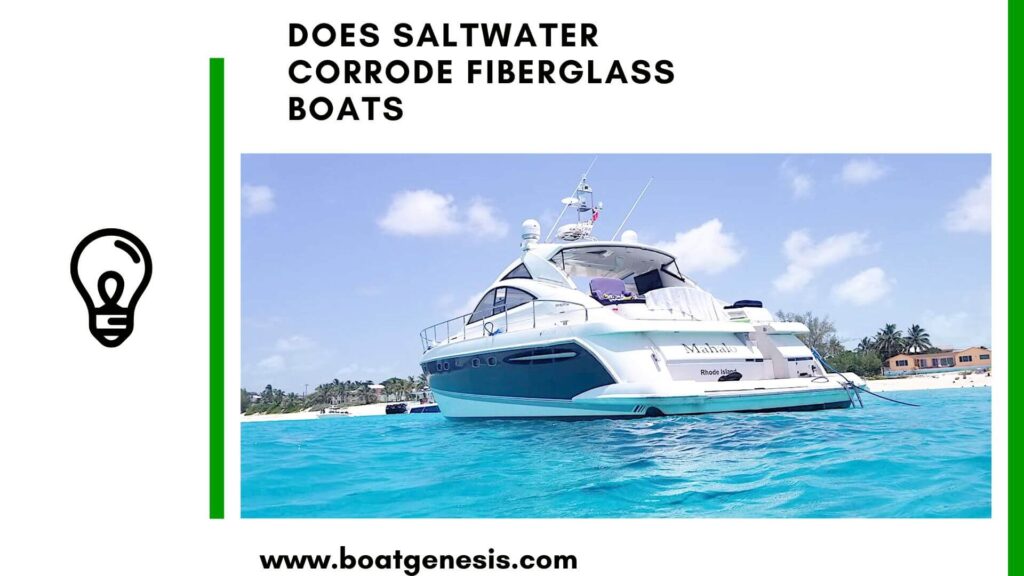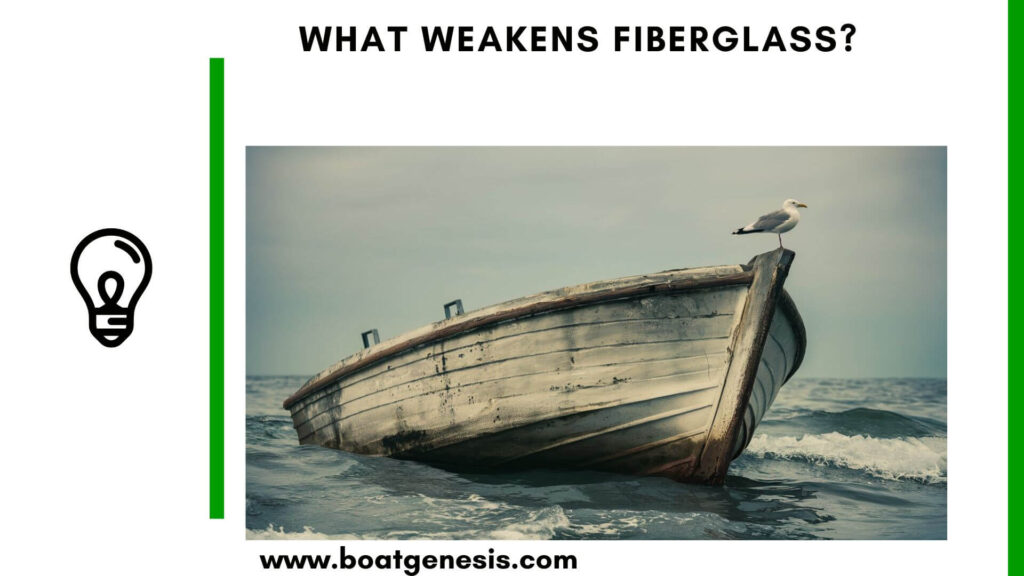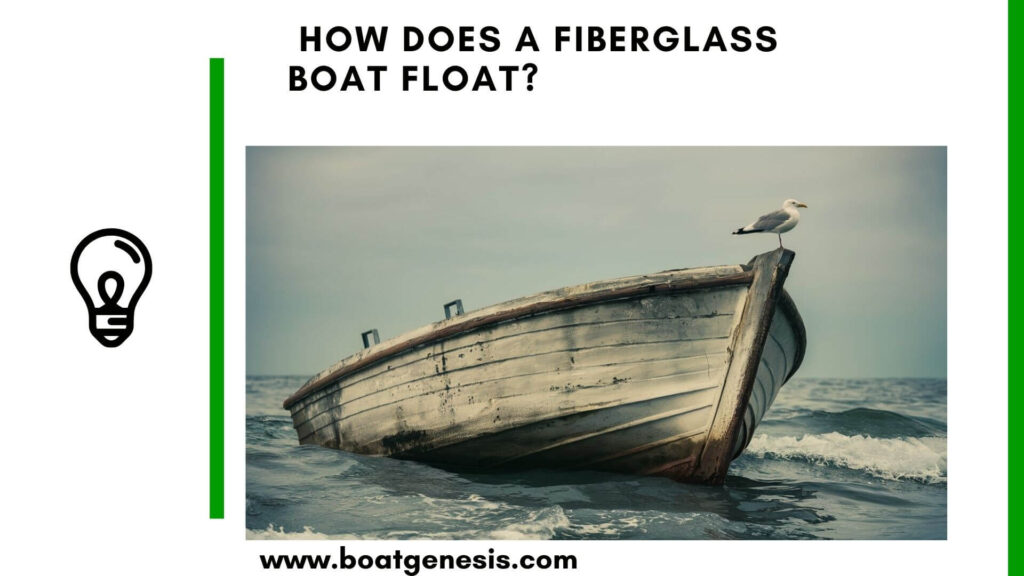Are you a boat owner who has discovered a dreaded soft spot on your fiberglass boat? Don’t worry, you’re not alone. Soft spots are a common issue that many boat owners face, but the good news is that they can often be repaired.
In this guide, we’ll dive into what causes soft spots in fiberglass boats and what you can do about them.
Let’s get started.
What are Soft Spots?
First things first, let’s define what a soft spot is. A soft spot is an area on your boat’s fiberglass surface that feels spongy or soft when you press down on it.
This is usually an indication that there’s an underlying problem that needs to be addressed.
What Causes Soft Spots in Fiberglass Boats?
There are several reasons why soft spots can develop on your fiberglass boat. Here are the most common causes:
1. Water Damage
One of the most common causes of soft spots is water damage. When water seeps into the fiberglass and reaches the core material (usually plywood or balsa wood), it can cause the wood to rot and deteriorate.
As the wood breaks down, it loses its structural integrity, resulting in a soft spot on the surface.
According to BoatLIFE, “If the problem is due to fiberglass weakening, you’ll want to sand the affected area until the soft spot is noticeably lower than the surrounding area.”
2. Delamination
Delamination occurs when the layers of fiberglass separate from each other.
This can happen due to a variety of reasons, such as improper layup during manufacturing, impact damage, or even just age and wear and tear.
When the layers separate, it creates a void that can feel soft or spongy to the touch.
3. Stress Cracks
Fiberglass is a strong and durable material, but it’s not invincible. Over time, the constant flexing and movement of the boat can cause small cracks to develop in the gel coat.
These cracks can allow water to seep in and cause damage to the underlying core material, resulting in a soft spot.
==>> Also read: How to repair gelcoat stress cracks?
4. Manufacturing Defects
In some cases, soft spots can be caused by manufacturing defects. If the fiberglass wasn’t laid up properly or if the core material was damaged during the manufacturing process, it can lead to soft spots down the line.
How to Identify Soft Spots
Now that you know what causes soft spots, let’s talk about how to identify them.
The easiest way to spot a soft spot is by pressing down on the surface of your boat. If you feel a soft or spongy sensation, you likely have a soft spot.

You can also look for visual cues, such as cracks, bubbles, or discoloration on the surface of the fiberglass.
Can Soft Spots be Repaired?
The good news is that soft spots can often be repaired, depending on the extent of the damage.
If the soft spot is caught early and the damage is minimal, a simple fiberglass or gelcoat patch job may be all that’s needed.
However, if the damage is more extensive, it may require cutting out the damaged area and replacing it with new fiberglass and core material.
As a user from The Hull Truth points out, “This doesn’t typically end well, once you start finding soft spots you will normally find much more rotten wood and waterlogged foam under it.”
Preventing Soft Spots
Of course, the best way to deal with soft spots is to prevent them from happening in the first place. Here are some tips for preventing soft spots on your fiberglass boat:
- Keep your boat clean and dry, especially in areas where water can collect
- Regularly inspect your boat for signs of damage or wear and tear
- Address any cracks or damage as soon as possible to prevent water from seeping in
- Store your boat properly during the off-season to prevent damage from the elements
- Consider applying a protective coating to your boat’s fiberglass to help prevent damage
The Bottom Line
Soft spots on fiberglass boats are a common issue, but they don’t have to be a death sentence for your vessel.
By understanding what causes soft spots and how to identify them, you can catch the problem early and take steps to repair the damage.
And by taking preventative measures, you can help keep your boat in top condition for years to come.
Hope you have gained value from this article.




